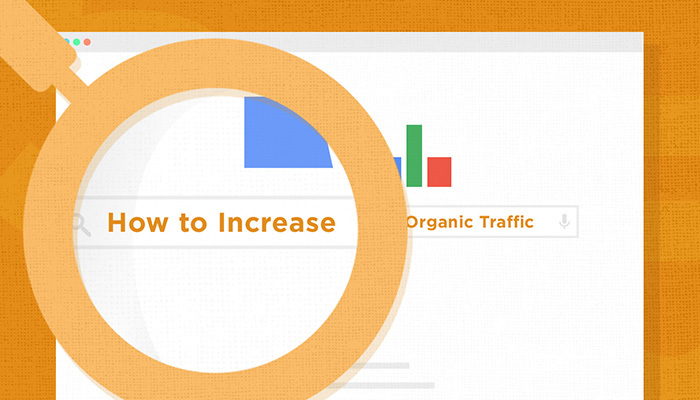Content Marketing
Search

Written By
Wray Ward
A rock-solid content marketing strategy is critical for any company that wants to attract an audience online, and a blog is a great way to help attract and retain the right audience. While this may seem more relevant for companies that are B2C-driven, manufacturers and building material companies should be intentional about publishing timely content. Taking a calculated approach to blogging as part of an overarching content marketing strategy can lead to more organic traffic, leads and sales for manufacturers and building material companies. If your blog isn’t delivering the intended results, it may need a reboot.
For starters, consider these basic principles:
Create Content With Purpose
In order to start a blog post, you need to define your purpose. You should have a goal in mind that is going to serve a use for your visitors, such as a conversation starter or a lesson. Your blog, like your content, should be created with intent. It should answer readers’ questions, help them solve problems or provide them with information they need. Review your business’s core goals, and reference this information to help build the framework of your blogging strategy.
Establish a Blogging Cadence for Consistency
When it comes to your blog, consistency is critical. Of course, the frequency of content depends on the number of people available to write and create content for your company. The bandwidth, whether you’re using in-house talent or working with an agency, will determine the volume of content and how often you can post. The important thing is to provide rich content on a consistent basis, whether this is quarterly, monthly or weekly.
Maximize Your Blog’s SEO
Following SEO best practices within your blog will allow search engines to understand your content, provide your content in the search results to the users that are looking for related topics, and help you gain additional organic traffic. The below content outlines the building blocks of foundational SEO components that will help you move the needle.
Here are some SEO best practices that can improve your blog’s performance:
1. Achieve Content Depth
One of the most effective ways to provide a site with search engine–friendly content is by creating blog articles. Blogs are an incredibly useful brand tool to build trust and authority with online visitors while also supplying valuable insight about your company’s products and services.
The word count for each blog will vary depending on the topic, but 400 to 500 words minimum per page is a good rule of thumb. Aim for at least 800 words for longer posts, as these blogs will have a higher probability of ranking in search results due to depth of content and keyword density.
2. Consider Content Format
Readability is an important factor in search engine ranking. When creating a blog, make sure it has clear sections, captions, headings, subheadings and highlighted text.
Subheadings can help readers navigate content. They are helpful for defining the different parts of the post and identifying what each section is about. And lists can help organize content to make it easy for your readers to digest and scan the information.
When creating a blog post, it’s also helpful to include the primary keyword in the first paragraph of your content.
3. Use Keywords Wisely
Keyword Focus
A keyword is a term that can refer to the words and phrases that people use when searching for information. Using keywords in your online content tells search engines what your page is about. Using a keyword-driven strategy is vital to a successful blog post.
Overview
Each piece of content should have one dedicated primary keyword and a supportive secondary keyword focus.
Primary Keyword
Choose one primary keyword per each blog article. To help search engines recognize the main theme and primary keyword, use the term two or three times per 100 words (2% to 3%) in your content.
Example: The blog post topic is “The 10 Most Popular Types of House Siding.” The primary keyword phrase could be:
Types of house siding
Secondary Keywords
For a secondary keyword focus, choose three to five related keywords. These are typically longer-tailed keywords in the vein of the same topic.
For our prior example, the secondary keyword focuses could be:
Cost of house siding options
Types of house siding materials
House siding styles


